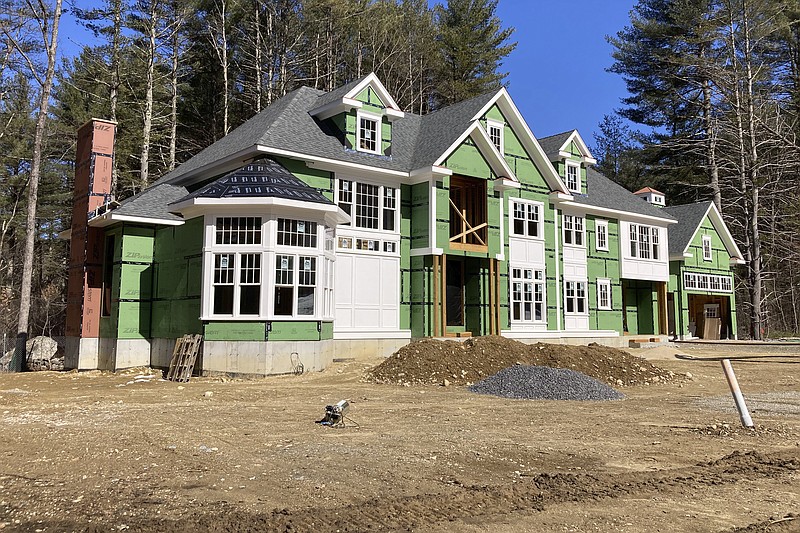LOS ANGELES (AP) -- The average long-term U.S. mortgage rate eased back from a seven-month high this week, a welcome change for homebuyers navigating high borrowing costs and heightened competition for relatively few homes for sale.
Mortgage buyer Freddie Mac said Thursday the average rate on the benchmark 30-year home loan fell to 6.71 percent from 6.79 percent last week. A year ago, the rate averaged 5.23 percent.
The pullback follows three straight weekly increases, which pushed up the average rate to its highest level since early November, when it climbed to 7.08 percent.
The average rate on 15-year fixed-rate mortgages, popular with those refinancing their homes, also fell this week, slipping to 6.07 percent from 6.18 percent last week. A year ago, it averaged 4.38 percent, Freddie Mac said.
High rates can add hundreds of dollars a month in costs for homebuyers, limiting how much they can afford in a market that remains out of reach to many Americans after years of soaring home prices. They also discourage homeowners who bought their home or refinanced in recent years when rates on a 30-year mortgage were around 3 percent from selling now that rates have roughly doubled. That's one reason the number of homes on the market remains near historic lows.
"While elevated rates and other affordability challenges remain, inventory continues to be the biggest obstacle for prospective homebuyers," said Sam Khater, Freddie Mac's chief economist.
The U.S. housing market has been slow to regain its footing this year, limited by elevated mortgage rates and the thin inventory of available homes.
Sales of previously occupied U.S. homes fell 23.2 percent in the 12 months ended in April, marking nine straight months of annual sales declines of 20 percent or more, according to the National Association of Realtors.
The dearth of homes on the market has helped prop up prices. The national median home price fell to $388,800 in April -- down only 1.7 percent from a year earlier.
Homebuyers who can afford to bypass the higher costs of borrowing on a home loan are increasingly doing so. Some 33.4 percent of U.S. homes purchased in April were paid for in cash, according to data from real estate brokerage Redfin. That's up from 30.7 percent a year earlier, and represents the largest share of all-cash purchases in nine years.

